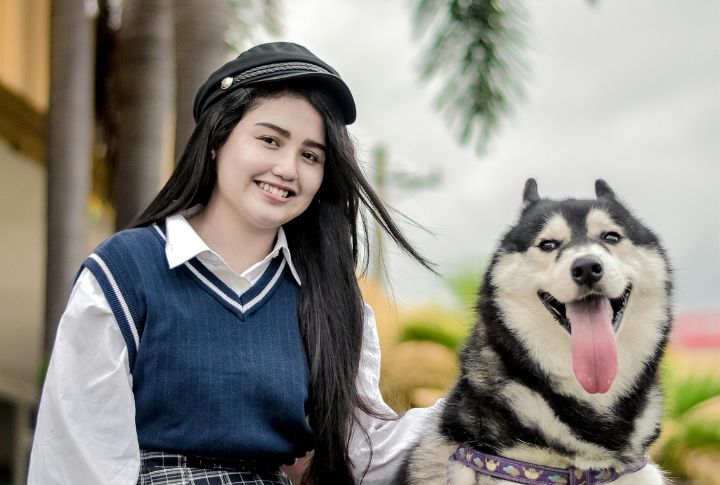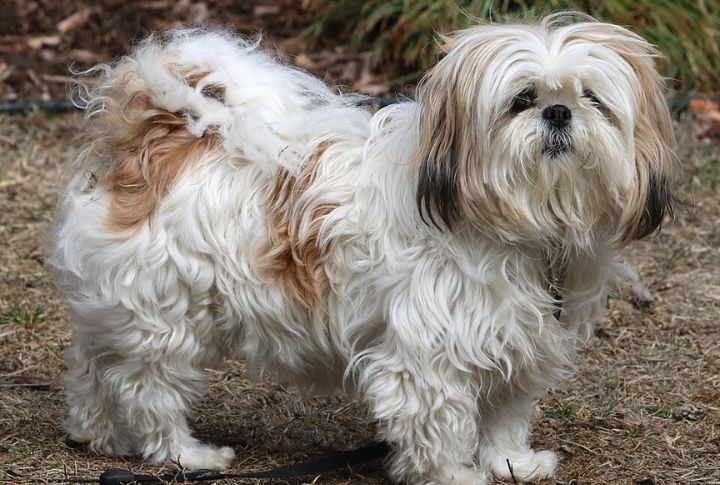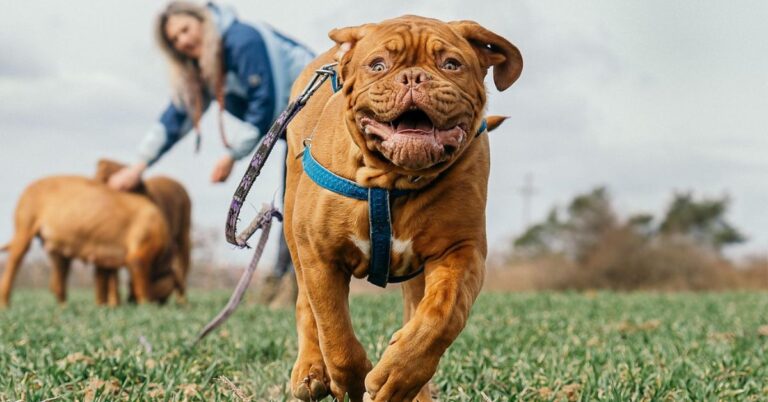10 Canine Types That Pose Unexpected Challenges For U.S. Families

Lots of people dream of owning a dog, but not everyone is ready for the ones that bring extreme energy, stubbornness, or unpredictable behavior. Certain breeds require patience and a strong sense of humor just to manage. Americans frequently run into the same troublesome dogs, so if you want to know which ones, here’s the complete list.
Jack Russell Terrier
Jack Russells are basically canine energy drinks that never run out. Skip their exercise, and you’ll deal with barking, destruction, and mischief. They’re obsessed with chasing anything that moves and somehow think they’re wolf-sized, regularly picking fights with much larger dogs and testing every human’s patience.
Bullmastiff
These massive dogs were bred to tackle poachers, so yeah, pure muscle. Without firm training, that power becomes a problem. Sweet teddy bears with family, but their stubborn side is real. The good news? Bullmastiffs barely bark, so at least your neighbors won’t complain about noise from your giant dog.
Siberian Husky
Huskies need crazy amounts of exercise, or they’ll destroy everything. No fence can hold them—they dig, jump, and escape through impossible gaps. Also, they don’t bark either; they howl and talk back constantly. That thick fur also means they’re built for freezing temps, not your living room.
Dalmatian
Born completely white, Dalmatians develop their famous spots weeks later. But here’s the reality: these dogs need intense daily exercise or chaos ensues. Deafness is common in the breed, so early screening is recommended. Their history of carriage-guarding explains their relentless energy and protective instincts.
Shih Tzu

Shih Tzus require frequent grooming because their long coats are prone to tangling. Training them, especially housebreaking, can be frustrating due to their stubborn personalities. Originally companions to Chinese royalty, they carry themselves with charming confidence. In fact, the phrase “little lion” reflects their name’s meaning and their likeness to traditional lion statues.
Akita
Akitas possess natural guarding instincts and territorial behavior, so proper socialization from a young age matters. While distant from outsiders, they stay devoted to family. In Japan, the breed is associated with health and happiness. Because they have webbed toes, Akitas can move more steadily on snowy surfaces, an ability rooted in their northern heritage.
American Pit Bull Terrier
Strong, energetic, and usually misunderstood—Pit Bulls need socialization to thrive. Many form deep bonds with their families despite the breed’s reputation. Bred for bull-baiting before becoming farm workers, they have a powerful build, unwavering drive, and demand owners capable of managing such intensity with responsibility and experience.
Weimaraner
Weimaraners require vigorous physical and mental activity, or they quickly become anxious and destructive. Their tendency toward separation anxiety makes them unsuitable for homes where they’ll be left alone frequently. Known as the “Gray Ghost” for their sleek silver coats, Weimaraners were bred to help hunters track and capture large game.
Alaskan Malamute
Forget easy obedience—Malamutes evolved to pull cargo across frozen tundra, not take orders. This creates stubborn, independent dogs that do things their own way. People usually mistake them for wolves. Separation also devastates them emotionally since they’re wired for pack life. So, expect to invest serious time in training and exhausting exercise.
Chow Chow
Chow Chows are strong-willed, aloof dogs that need early socialization to prevent aggressive or overly protective behavior. Their famous blue-black tongue isn’t unique—other breeds share the trait. With a dense double coat that gives them a lion-like look, they demand confident owners who can handle their stubborn, independent nature.





